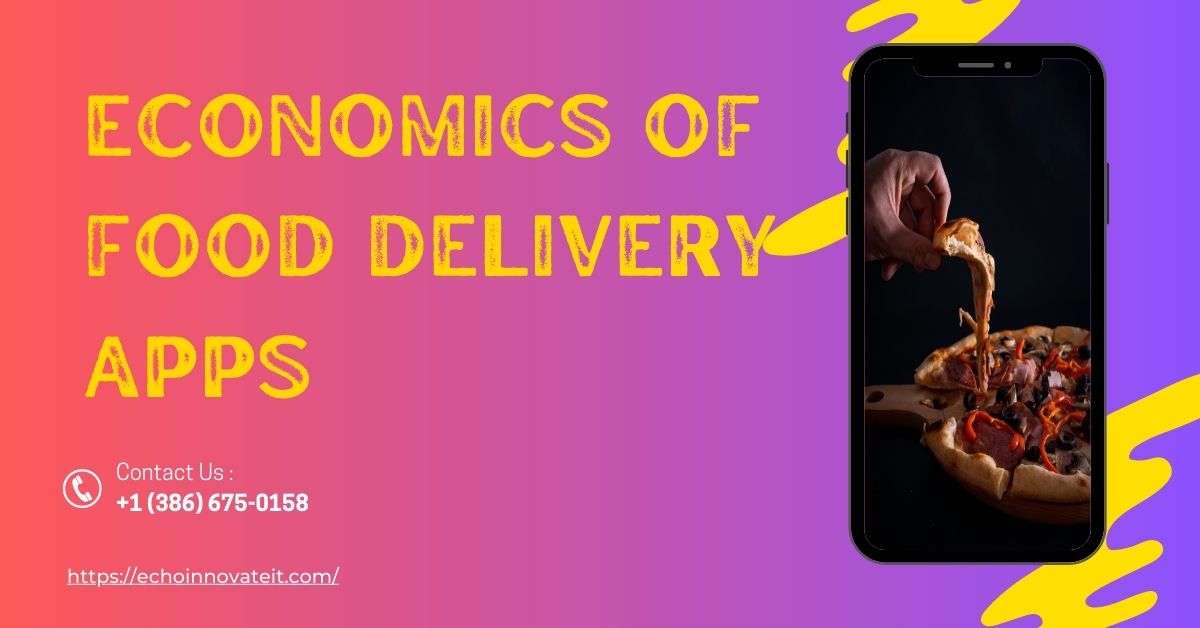In recent years, food delivery apps have become increasingly popular. With the rise of on-demand services, consumers now expect food to be delivered to their doorstep with the same ease and convenience as other services. Food Delivery App Development like Uber Eats, GrubHub, DoorDash, and Postmates have become the go-to solution for hungry consumers who want to enjoy their favorite meals without leaving their homes. However, as consumers benefit from the convenience of food delivery apps, the question arises: do these apps make a profit? In this article, we will explore the business model of food delivery apps and whether they are profitable.
The Business Model of Food Delivery Apps
The business model of food delivery apps is straightforward: they act as intermediaries between restaurants and consumers. When a customer places an order through the app, the app charges a commission fee to the restaurant, which is usually a percentage of the total order value. The app also charges a delivery fee to the customer, which covers the cost of delivery.
The commission fee charged by food delivery apps varies from app to app, but it typically ranges from 10% to 30% of the total order value. This commission fee can be a significant source of revenue for food delivery apps, as they can earn money without having to invest in infrastructure or inventory.
In addition to commission fees, food delivery apps can also earn money through partnerships and advertising. Many food delivery apps partner with restaurants to offer exclusive deals and promotions to their customers. These partnerships can be a win-win for both the app and the restaurant, as they can increase sales for the restaurant and attract more customers to the app.
Food delivery apps can also earn money through advertising. By partnering with brands that are relevant to their target audience, food delivery apps can offer targeted advertising to their users. For example, a food delivery app might partner with a soft drink brand to offer a free drink with every order. This can be a lucrative source of revenue for food delivery apps, as they can charge brands for access to their user base.
The Challenges of Profitability for Food Delivery Apps
Despite the potential for revenue, food delivery apps face several challenges when it comes to profitability. One of the biggest challenges is the high cost of customer acquisition. With so many food delivery apps on the market, it can be difficult for apps to stand out and attract new customers. This can result in high marketing costs, which can eat into profits.
Another challenge is the high cost of delivery. Food delivery apps rely on third-party delivery services to deliver food to customers. While this outsourcing can save on infrastructure costs, it can also be expensive. Delivery fees can be high, especially in areas with high traffic or congestion. Additionally, food delivery apps may need to offer incentives to drivers to encourage them to work during peak hours.
Finally, food delivery apps face competition from both traditional restaurants and other food delivery apps. While food delivery apps offer convenience to customers, traditional restaurants may be able to offer a more personalized experience. Additionally, other food delivery apps may be able to offer lower commission fees or delivery fees, making them more attractive to customers and restaurants.
Conclusion
Food delivery apps have become an integral part of the food industry, offering convenience and accessibility to customers who want to enjoy their favorite meals from the comfort of their homes. While the business model of food delivery apps is straightforward, profitability can be a challenge. High customer acquisition costs, high delivery costs, and competition from traditional restaurants and other food delivery apps can all impact profitability. However, with the right strategy and partnerships, food delivery apps can continue to be a profitable and valuable service for both customers and restaurants.
Food Delivery App Development
If you are considering developing a food delivery app, it is essential to understand the challenges and opportunities

